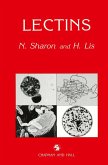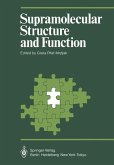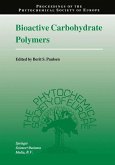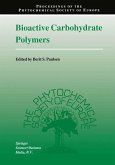This is the second edition of our little red book Lectins published in 1989. In the intervening years well over 10,000 articles have appeared with lectins as the main subject, and more than twice as many in which they were touched upon, as well as around 20 books. In particular, great strides have been made in several areas of lectin research, about which little was known until the late 1980s. One prominent example is animal lectins, many of which have been discovered only during the last decade and the functions of several of which have been clarified, especially as to their key role in innate immunity. Another is the structure of lectins and of their combining sites. Thus, whereas at that time the three-dimensional structures of just three lectins and a few of their complexes with sugars had been elucidated, their numbers have increased to about 160 and over 200, respectively, and continue to grow unabated. Updating the information on these and other topics resulted in a markedexpansion of the book, which is now nearly four times as long as the first edition, with 226 figures and 39 tables. Still, a few topics, such as carbohydrate-binding cytokines or bacterial toxins that are sometimes considered as lectins, have been dealt with only in passing. Similarly to the first edition, Lectins II starts with an overview of the history of lectin research.
Hinweis: Dieser Artikel kann nur an eine deutsche Lieferadresse ausgeliefert werden.
Hinweis: Dieser Artikel kann nur an eine deutsche Lieferadresse ausgeliefert werden.
"A must for everyone interested in Lectins."
(Robert A. Childs, MRC Glycosciences Laborartory, Imperial College, Harrow, UK in Microbiology Today, 31, November 2004)
"This excellent textbook, prepared by the authors, widely known as the top experts in the field, provides a comprehensive coverage of our present knowledge of structure, functions and applications in Lectins. The volume is very well illustrated by numerous excellent figures. The book is highly recommendable."
(Roald Nexlin, The Weizman Institute of Science, Israel in Immunological Investigations, 33:3, 2004)
(Robert A. Childs, MRC Glycosciences Laborartory, Imperial College, Harrow, UK in Microbiology Today, 31, November 2004)
"This excellent textbook, prepared by the authors, widely known as the top experts in the field, provides a comprehensive coverage of our present knowledge of structure, functions and applications in Lectins. The volume is very well illustrated by numerous excellent figures. The book is highly recommendable."
(Roald Nexlin, The Weizman Institute of Science, Israel in Immunological Investigations, 33:3, 2004)









